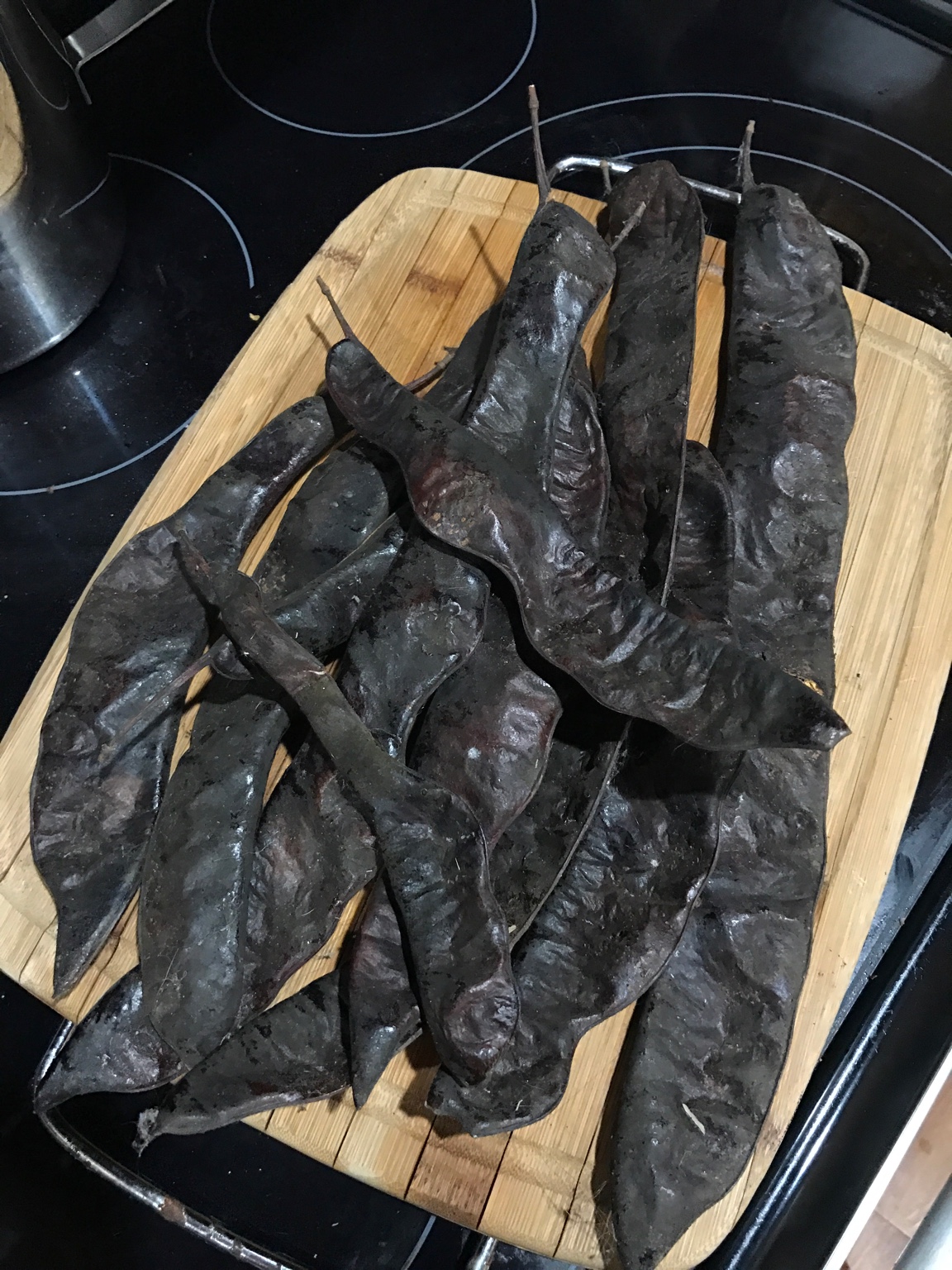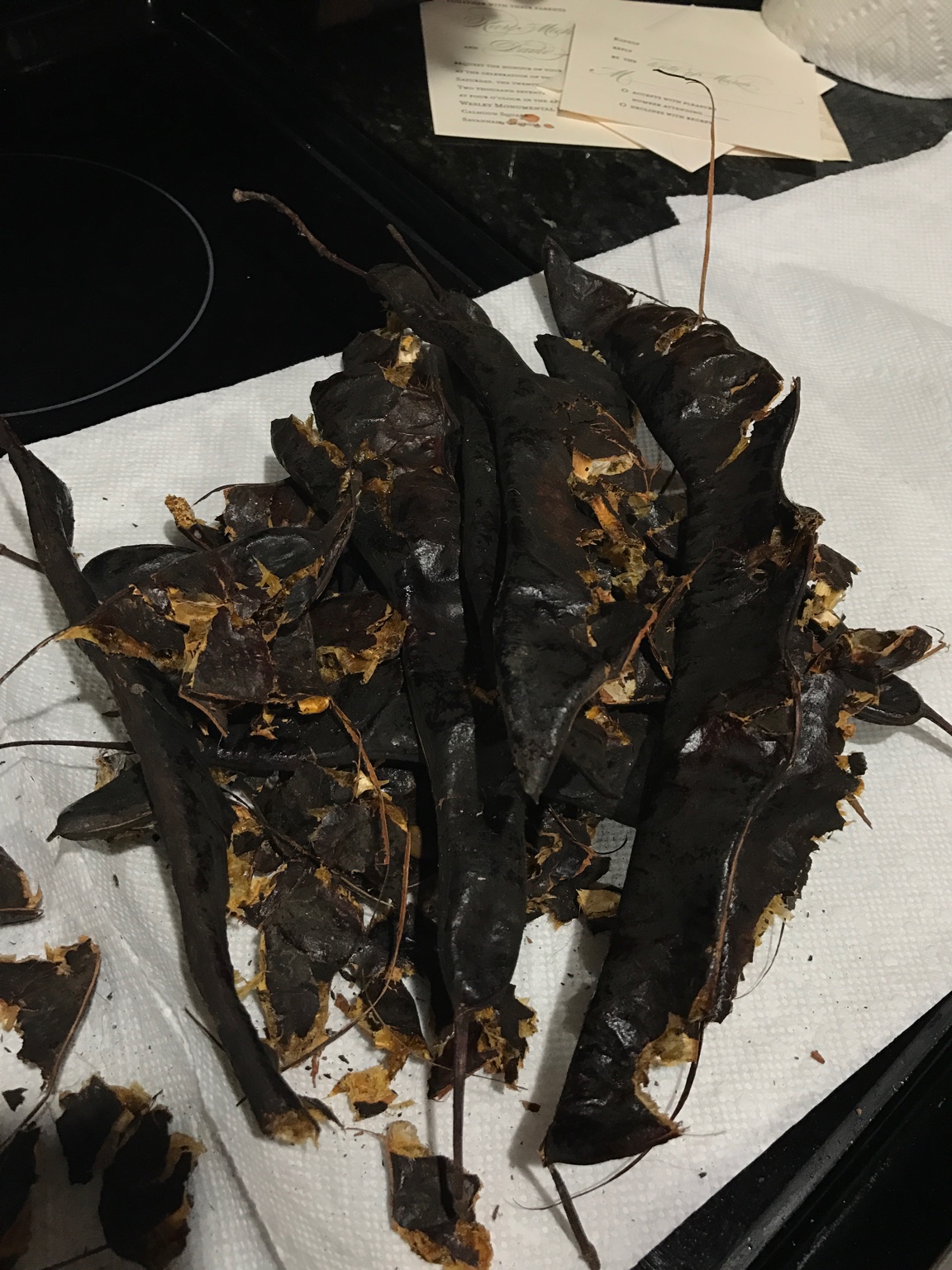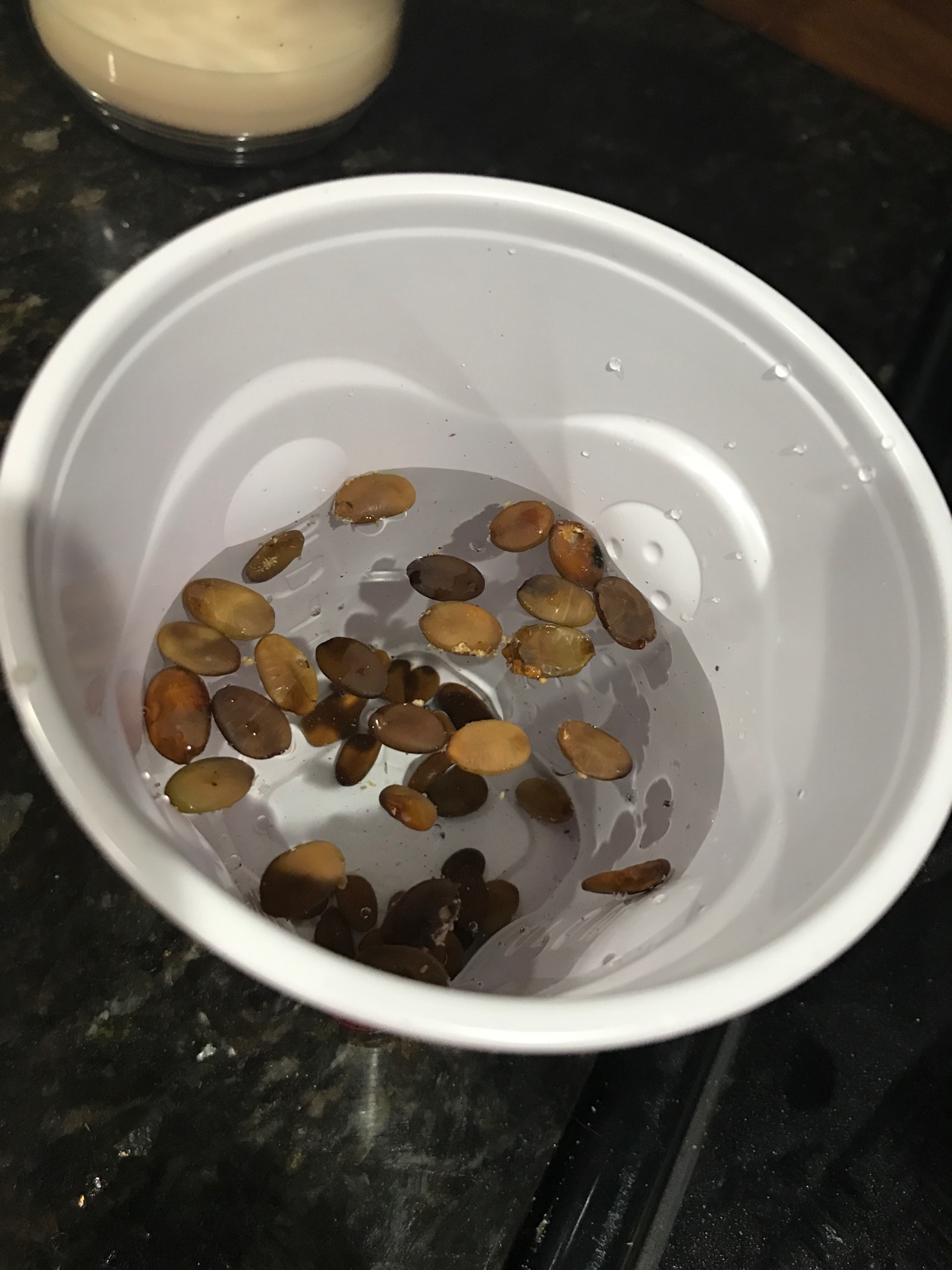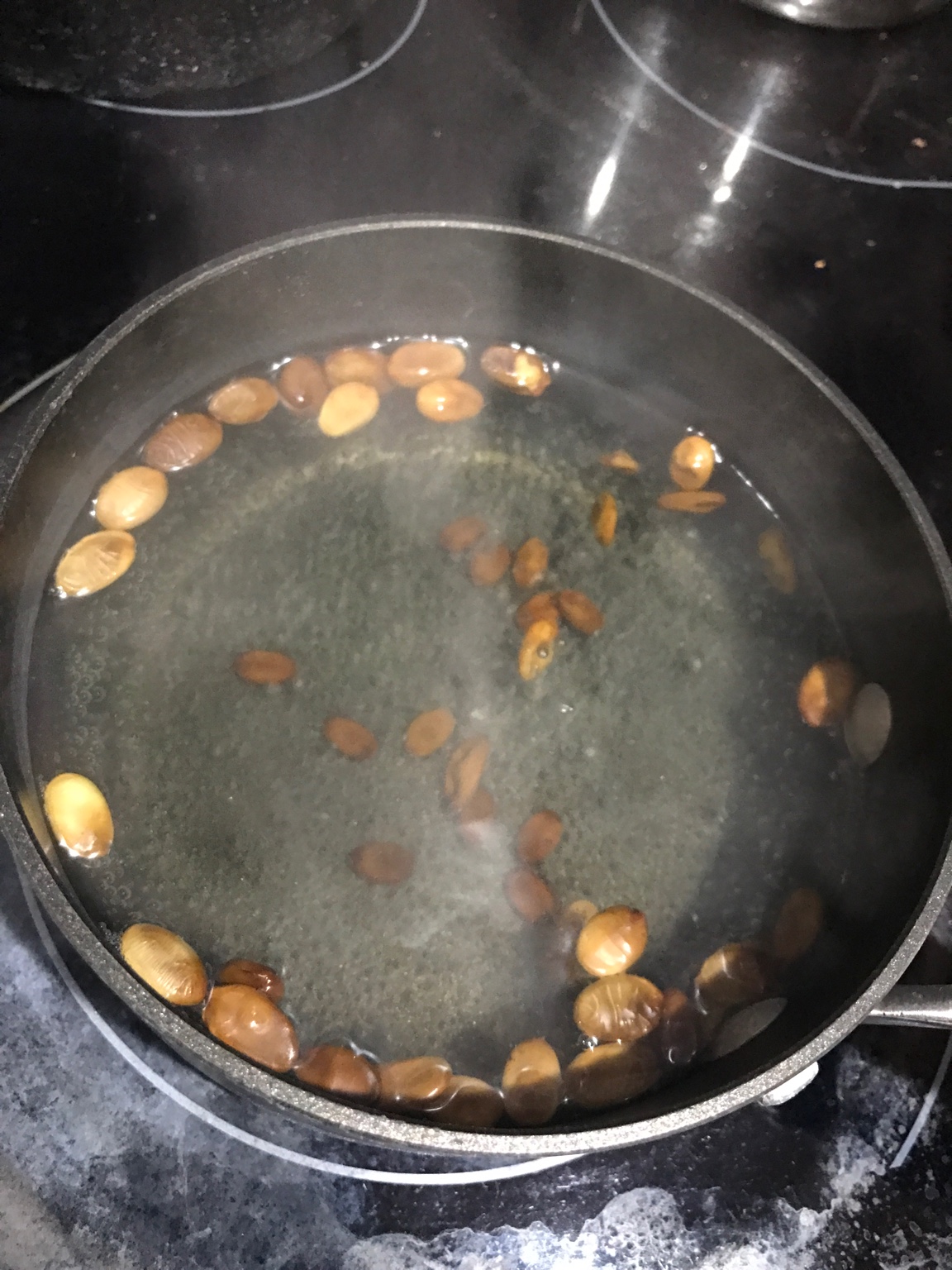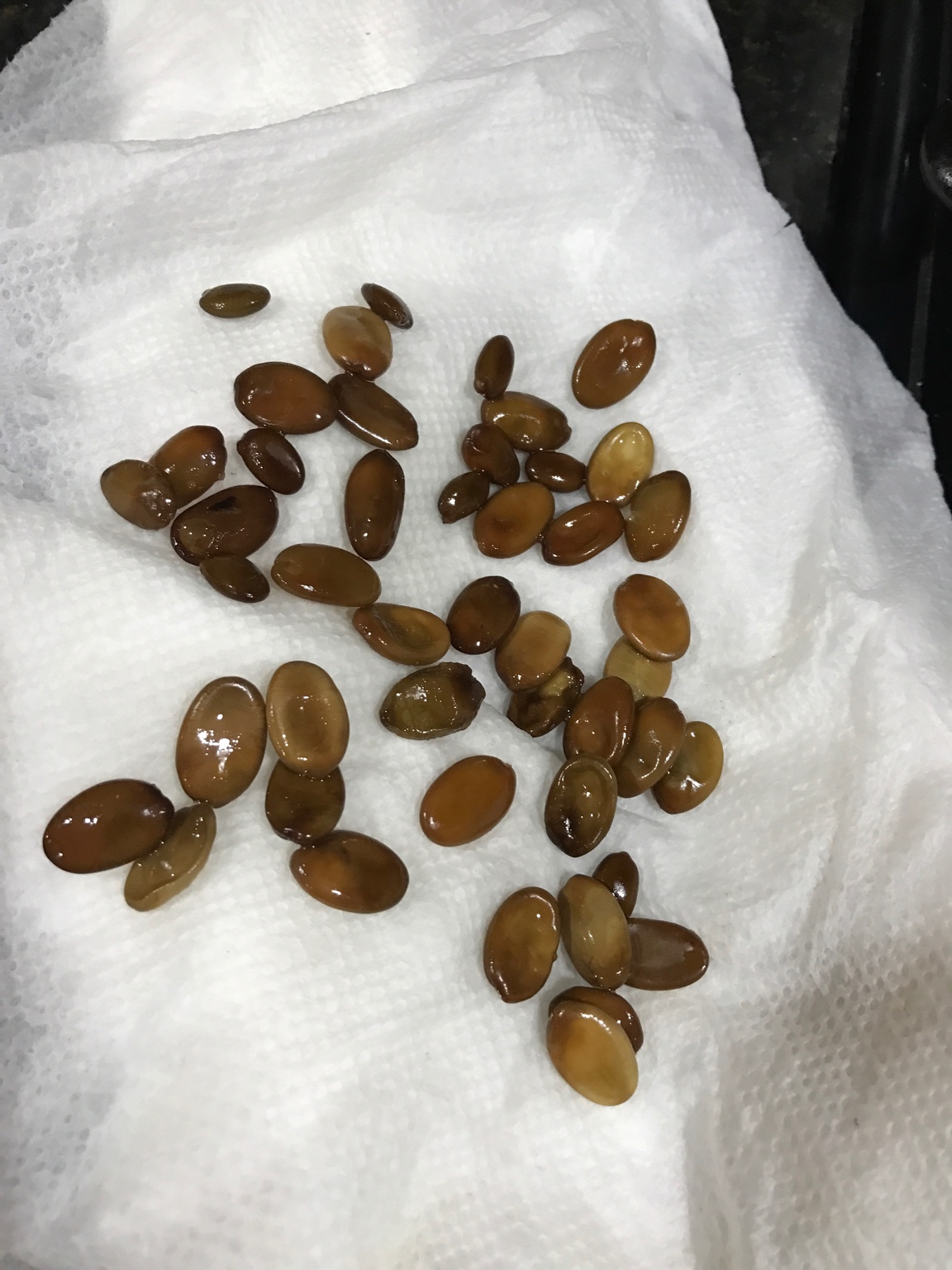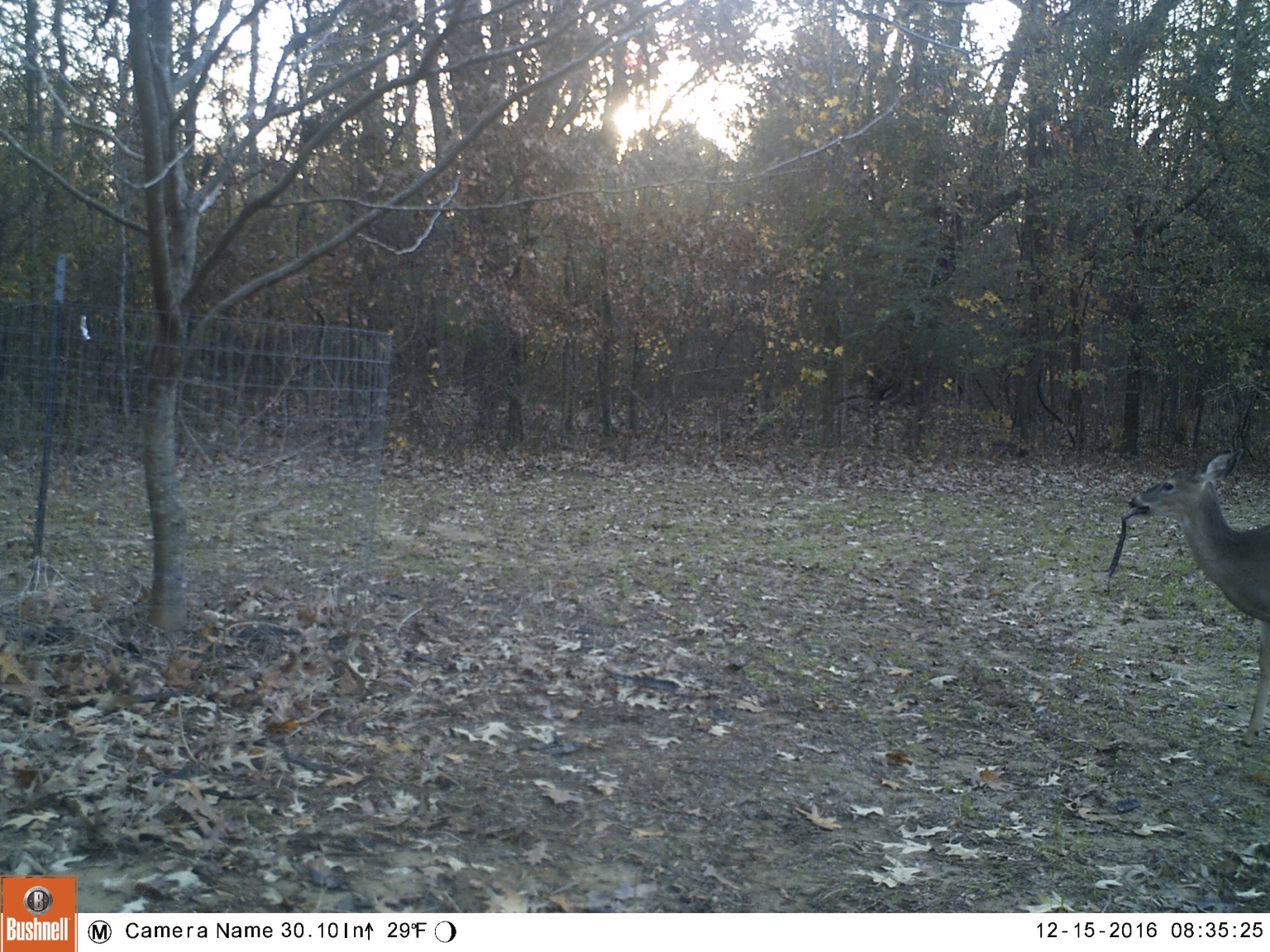Bottomland
Active Member
I just wanted to share a little project with ya'll. I grow lots of different species of fruit and mast trees every year to plant on my farm and share with others. Here in the Deep South, we love a honeylocust tree. I've heard that many people in other parts of the country hate them and cut them down, but down here they are a fantastic food source and a great place to bowhunt during October on through the season. The deer love to eat the pods, especially the older they get since the pulp inside ferments.
In my part of Mississippi, we have alot of large native honeylocust scattered around, and they are good places to hunt, but a few years ago I was introduced to grafted thornless honeylocust varieties that specifically produce BIGGER and MORE pods. I have two varieties, Calhoun and Hershey, which I planted about 5 years ago in one of my food plots (they were several years old at the time of planting). Unfortunately I can't find my photos of this past summer as the pods grew on these trees, but it would blow your mind. The largest pods were over 2' long and I can't even estimate how many pounds these trees produced.
Last year, I learned how to collect and propogate wild honeylocust trees from seed with great success, so this year I decided to do the same process with these thornless, enhanced varieties.
In my part of Mississippi, we have alot of large native honeylocust scattered around, and they are good places to hunt, but a few years ago I was introduced to grafted thornless honeylocust varieties that specifically produce BIGGER and MORE pods. I have two varieties, Calhoun and Hershey, which I planted about 5 years ago in one of my food plots (they were several years old at the time of planting). Unfortunately I can't find my photos of this past summer as the pods grew on these trees, but it would blow your mind. The largest pods were over 2' long and I can't even estimate how many pounds these trees produced.
Last year, I learned how to collect and propogate wild honeylocust trees from seed with great success, so this year I decided to do the same process with these thornless, enhanced varieties.

